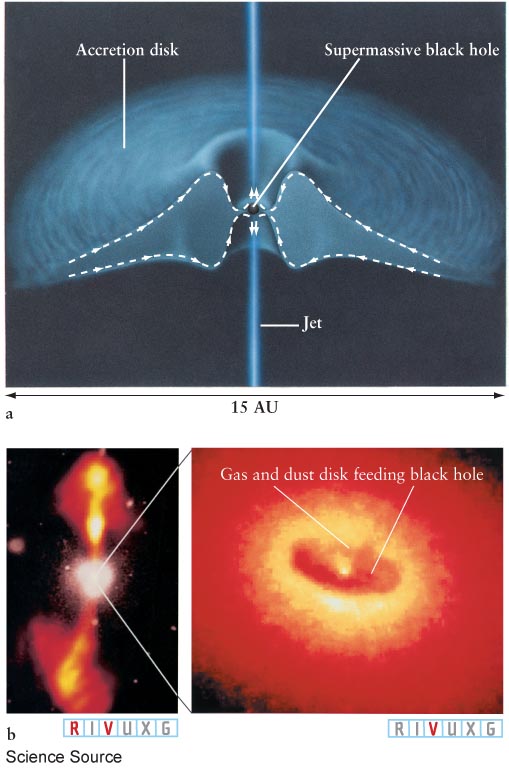
Figure 13- 2- e-